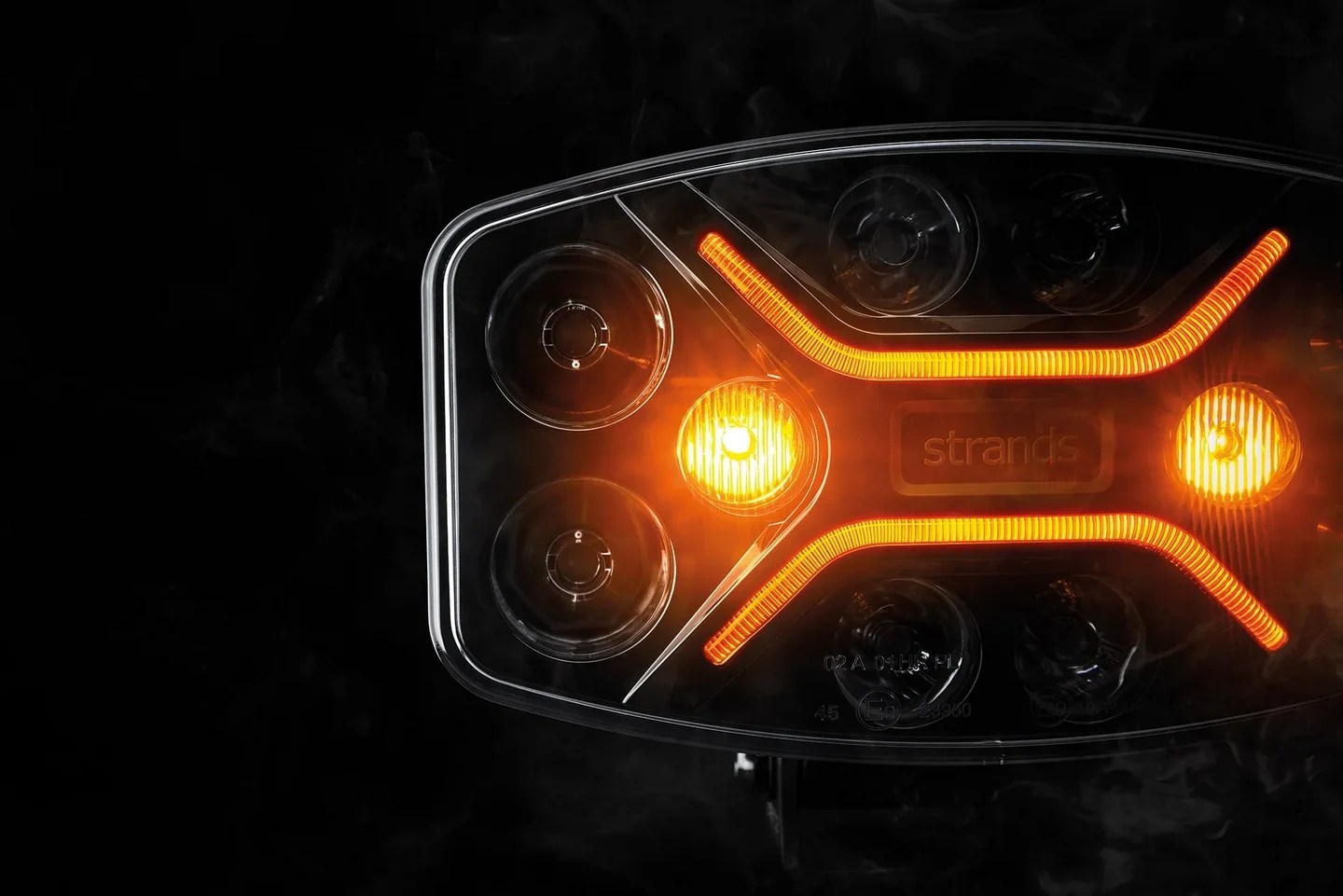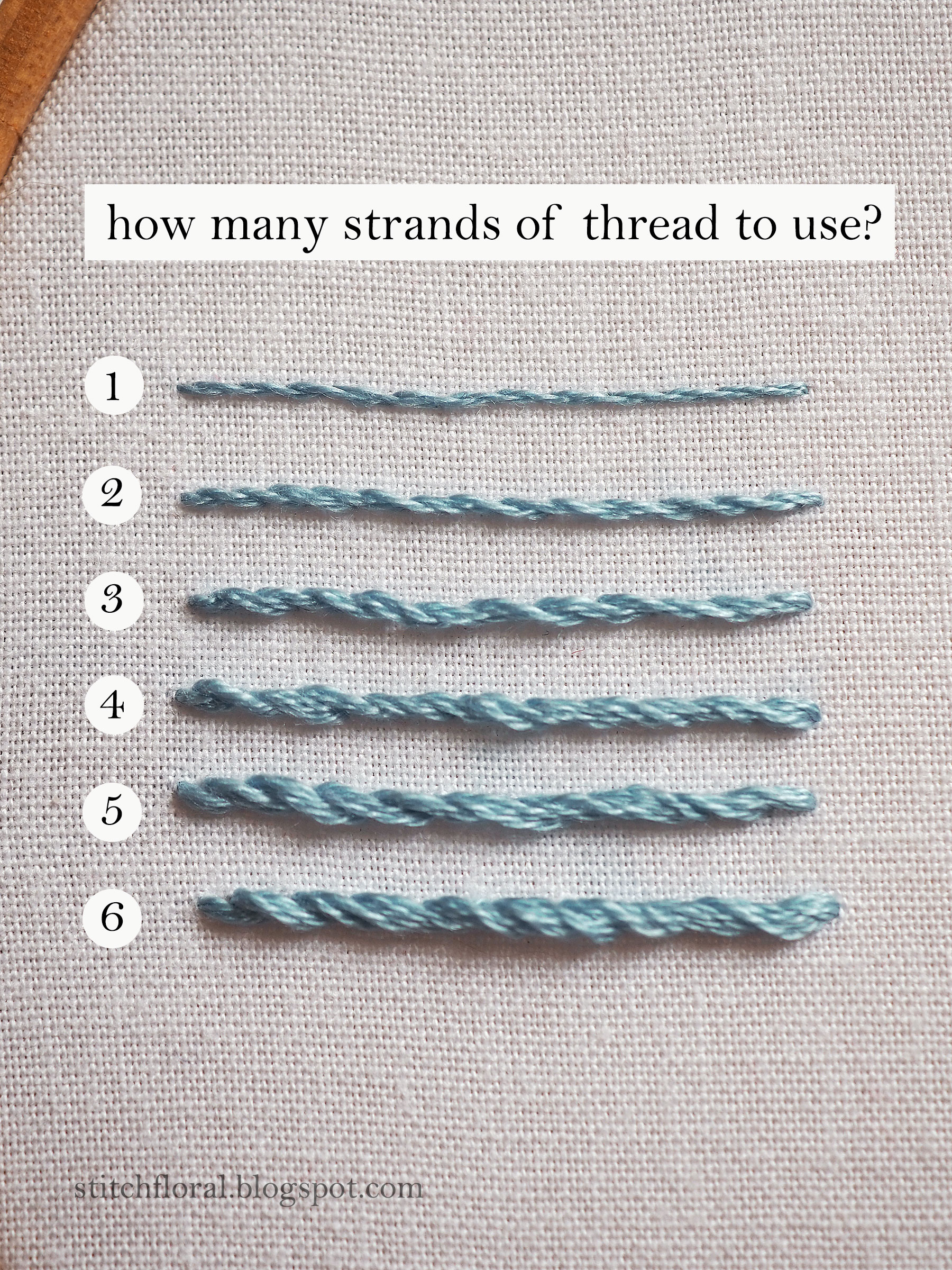Understanding Strands: A Comprehensive Guide To Types, Uses, And Benefits
Strands are fundamental components in various fields, from fashion to science, and understanding their importance can significantly enhance our appreciation and utilization of them. In this article, we will delve into the different types of strands, their applications, and the benefits they offer. Whether you're a curious reader or someone looking to deepen your knowledge in a specific area, this guide will serve as a valuable resource.
From the strands of hair that define our hairstyles to the strands of fabric that make up our clothing, the relevance of strands is everywhere. These seemingly simple elements play a crucial role in both aesthetics and functionality. As we explore the various dimensions of strands, we will address their characteristics, types, and the science behind them.
This article will also touch upon the importance of strands in various industries, including textile, biology, and technology, providing insights that highlight their significance. Let’s embark on this journey to discover the fascinating world of strands!
Table of Contents
- What Are Strands?
- Types of Strands
- Strands in Fashion
- Strands in Biology
- Strands in Technology
- Benefits of Strands
- Conclusion
- References
What Are Strands?
Strands can be defined as long, thin pieces or fibers that are typically flexible and can be found in various forms. They exist in nature and are also manufactured for specific uses. Understanding the properties of strands is essential for leveraging their potential in different applications.
In a broader context, strands can be seen in:
- Textiles (threads, yarns)
- Biological structures (DNA strands)
- Electrical wiring (copper strands)
Types of Strands
There are several types of strands, each with unique properties and applications. Here are some common types:
1. Textile Strands
Textile strands, such as threads and yarns, are the building blocks of fabric. They can be made from natural fibers like cotton and wool or synthetic fibers like polyester and nylon. Their characteristics include:
- Strength
- Flexibility
- Durability
2. Biological Strands
Biological strands, such as DNA and RNA, play critical roles in genetics and molecular biology. These strands are composed of nucleotides and carry genetic information essential for life. Key features include:
- Double-helix structure (DNA)
- Single-stranded (RNA)
- Replication and transcription processes
3. Electrical Strands
Electrical strands, often made of metal, are used in wiring and connectivity. They are crucial for conducting electricity and can vary in thickness and material. Important aspects are:
- Conductivity
- Insulation
- Resistance
4. Artistic Strands
In the realm of art, strands can refer to materials like wire or string that are used in various forms of creative expression. Their versatility allows for innovative designs and constructions.
Strands in Fashion
In the fashion industry, strands are vital for creating various clothing and accessory items. Here’s how strands influence fashion:
1. Fabric Creation
Strands of textile fibers are woven or knitted to create fabrics that form the basis of clothing. Different weaving techniques can produce various textures and patterns.
2. Hair Strands
Hair strands play a significant role in personal style and identity. Understanding hair types and care can enhance the appearance and health of hair.
Strands in Biology
Strands are fundamental in biological systems, particularly in genetics. Here are some critical points:
1. DNA Structure
The double-stranded structure of DNA is essential for genetic replication and transmission of hereditary information. Understanding this structure is crucial for fields such as genetics and biotechnology.
2. RNA Functions
RNA strands play a vital role in protein synthesis, acting as a messenger between DNA and ribosomes. This function is critical for cellular processes.
Strands in Technology
In technology, strands are used in various applications, including:
1. Communication Cables
Strands of fiber optic cables are essential for high-speed internet and telecommunications, transmitting data over long distances with minimal loss.
2. Robotics and Engineering
Strands are used in robotics for creating flexible and responsive components, enhancing the functionality of robotic systems.
Benefits of Strands
Understanding and utilizing strands can provide numerous benefits:
- Enhanced functionality in products
- Improved aesthetic appeal in fashion and design
- Critical roles in biological processes
Conclusion
In summary, strands are essential components across various fields, from fashion to biology and technology. Their diverse applications and benefits highlight their significance in our daily lives. We encourage you to explore the fascinating world of strands further and consider their implications in your own field of interest.
We invite you to share your thoughts in the comments below, and don't hesitate to explore more articles on our site for a deeper understanding of related topics!
References
- National Center for Biotechnology Information (NCBI)
- Textile World Magazine
- IEEE Xplore Digital Library
Cosculluela: The Rise And Impact Of A Reggaeton Star
Tyler Florence: A Culinary Journey Through Innovation And Passion
Brandon Scott: The Rising Star In The World Of Acting


